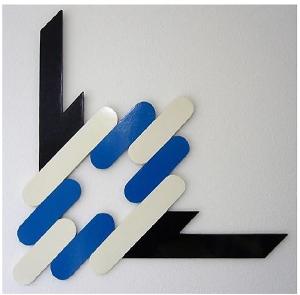Imre Bak
Imre Bak
Place: Budapest
Born: 1939
Death: 2022
Biography:
Imre Bak, a Hungarian artist born on July 5, 1939, in Budapest, was a prominent figure in the neo-avant-garde movement of the second half of the Twentieth century. He studied at the Hungarian Academy of Fine Arts from 1958 to 1963 and was involved in the creation and development of two leading Hungarian neo-avant-garde groups, Iparterv and Budapesti műhely.
Artistic Style and Influences
Bak's artistic style was characterized by a departure from the drab browns and greys of socialist realism, incorporating elements of pop art and conceptual art into his work. He was inspired by the vivid palette of Impressionism and the forms of Cubism, as well as the geometrical abstract and hard edge painting styles. Imre Bak became increasingly attracted to non-figurative painting, exploring both strong, pure color and strictly structured, sharp forms and lines in his works.
Notable Works and Exhibitions
Some of Imre Bak's notable works include Black and White No. X, Labyrinth, and Composition. His work has been exhibited widely in Germany, Poland, Switzerland, Austria, Hungary, and the USA since 1966, and his works are in numerous public collections, including Tate Modern, London, Neue Nationalgalerie, Berlin, MUMOK, Vienna, and Musée d’Art Contemporain, Lyon. Key aspects of Imre Bak's artistic career:
- Involved in the creation and development of two leading Hungarian neo-avant-garde groups, Iparterv and Budapesti műhely.
- Departure from socialist realism, incorporating elements of pop art and conceptual art into his work.
- Inspired by Impressionism, Cubism, and geometrical abstract and hard edge painting styles.
- Non-figurative painting, exploring strong, pure color and strictly structured, sharp forms and lines in his works.
For more information on Imre Bak and his artworks, visit https://Wikioo.org/@/Imre-Bak or check out the Wikipedia page for a comprehensive overview of his life and career.

